Wait! I know you're probably not feeling super excited about a pile of onions. But don't turn up your nose! Here in the U.S., we've...
Read MoreOnions 101
Last summer, I told Farmer Chuck — the king of everything delicious at our CSA Sunrise Farm — that the onions we’d been getting in our basket were the most delicious I’d ever tasted. He explained me that they’re an heirloom onion variety called Ailsa Craig, named for an island in the Firth of Clyde, about 10 miles off the coast of Scotland. (If you would like to go down the same rabbit hole I did, you can learn more about Ailsa Craig here and here, and read tasty tidbits like this: “Lawson in the 1890s records that a young lady once fell over the cliff near Craig Na’an; however, her Victorian style garments caught the wind like a parachute and she escaped with her life and some broken bones that soon knit back together.”)
Anyway.
The exchange with Farmer Chuck about onions made me realize that even though almost every savory recipe I cook begins with an onion — and I know to use red onions in salad and white onions for Mexican food — I didn’t really know the differences between all the onion varieties. Now I do, and I’m going to tell you, too.

First: Important Onion Factoids
A few tips to make your interactions with onions slightly less bitter…
1. Buying onions: Look for blemish-free, dry outer skins. The onion should feel heavy for its size — that means it’s juicy — and, counterintuitively, should not have a strong, oniony scent.
2. Storage: Unpeeled onion bulbs should be kept in a cool, dry, well-ventilated space. No plastic bags — don’t suffocate your onions! An onion that’s been peeled and/or cut should be stored in the fridge, wrapped in plastic or inside a BPA-free container. (Then you’re not suffocating it; you’re protecting it.)
3. Guesstimating: One medium onion equals about 1 cup diced onion.
4. No more tears: To reduce the tears brought on by cutting onions, you can chill the onions in the fridge for 30 minute, then cut off the top but leave the root end intact. The highest concentration of sulphuric compounds are in the root. Fun fact: When I wear my contact lenses, I can chop onions without tearing up at all, but if I wear my glasses, I cry like a baby.
5. Sweet breath: Got onion breath? Chew a few sprigs of fresh parsley.
Sweet Onion
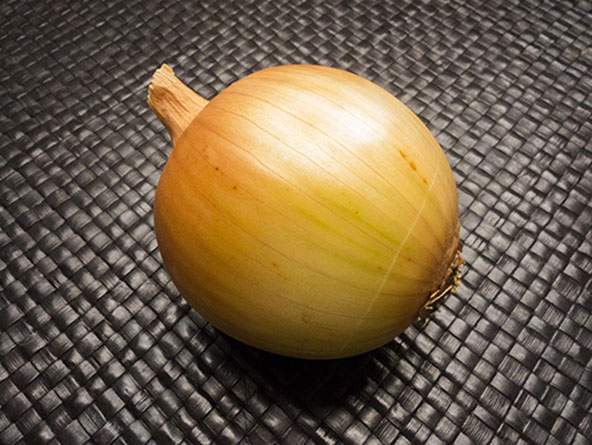
Best use: I use sweet onions for just about everything: sliced raw in salads and as the base for my favorite slow-cooked recipes like stews, chili, soups, and curries. Sweet onions are my go-to.
Varieties: Bermuda, Vidalia, Walla Walla, Maui, Sweet Imperial, Texas Spring Sweet
Yellow Onion

Best use: Yellow onions grow sweeter as they cook, so they’re also an excellent choice for the cooked dishes mentioned above, as well as stir-fries and Hot Plates. This is the onion to use for French onion soup because it turns a rich, dark brown when it caramelizes.
White Onion
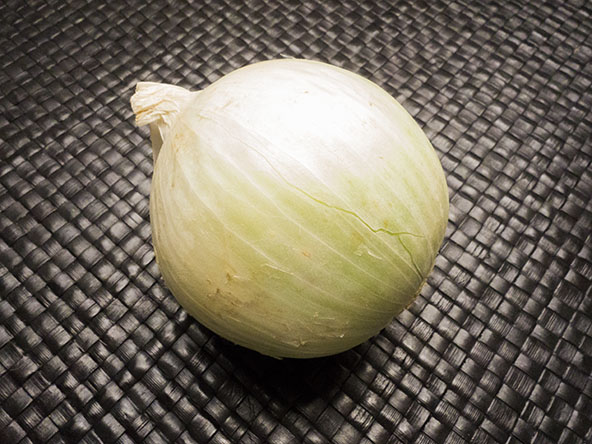
Best use: White onion is traditionally used in Latin American food, so it’s a great choice for salsas, chutneys, and relishes that you want to have a little bit of bite. Also good for something like Machacado con Huevos.
Worth noting: White and yellow onions can be used interchangeably in recipes, so if a recipe just calls for “onion,” you can use either. Also good to know: they turn golden and sweet when sautéed.
Spanish Onion
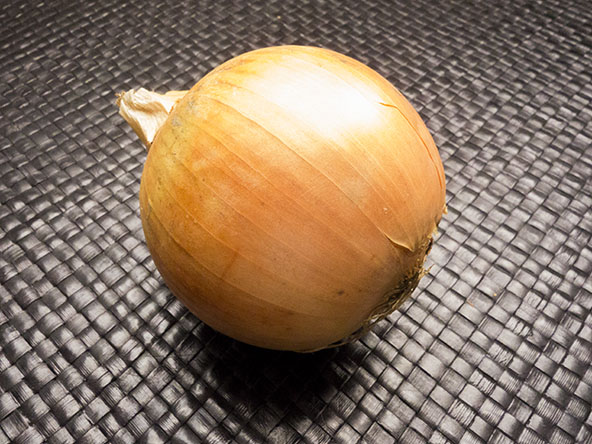
Best use: Tastes best when lightly cooked — this is not an onion to caramelize because it loses its flavor when it’s overcooked. Fun fact: It’s the most common type of onion in the U.S.
Red (aka, Purple) Onion
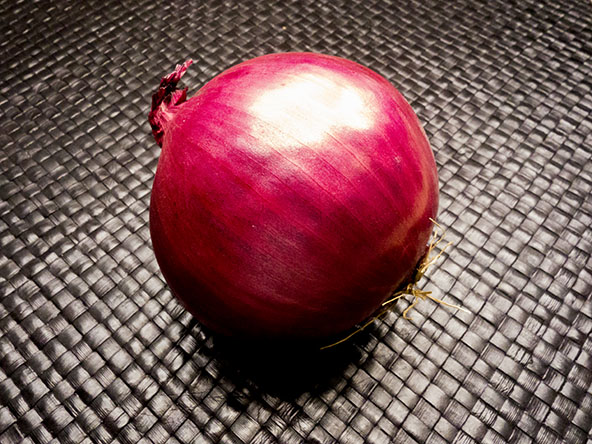
Best use: The most popular onion for salads, they’re also excellent for pickling. (Try them in this pickled beets and eggs recipe.)
Cippolini (aka, Italian Pearl) Onion

Best use: Their small size and higher sugar content make them ideal for caramelizing whole; also good roasted with a glaze of coconut aminos or balsamic vinegar.
Warning: May be annoying to peel.
Shallot
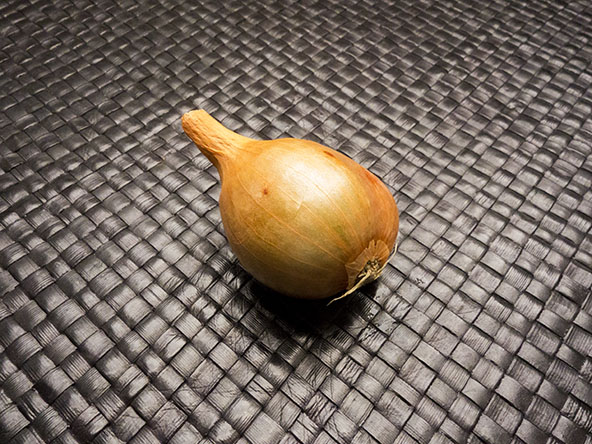
Best use: Prevalent in French and Asian cooking, they’re wonderful in sauces and curries. Also lovely in salad dressings in place of garlic. (Garlic and shallots can be used interchangeably for subtly different flavors.)
Treat yourself: Thinly-sliced shallots pan-fried in coconut oil are a revelation on top of salads, Thai curries, Pad Thai, or anything drizzled with Sunshine Sauce. Just heat up some fat, slice shallots on a mandoline, and fry until golden and crisp.
Chop vs. Dice vs. Mince
The way an onion is cut affects its cooking time and, ultimately, its consistency and flavor when it makes its way to its way into your well-deserving mouth. Here are the explanations of what I mean when I say chop, dice, and mince.
Chop

When any ingredient is chopped, I mean it should be cut into small, bite-sized pieces that don’t need to be uniform in size. I mostly use this term in reference to coarsely chopping fresh herbs or vegetables that will later be puréed. I hardly ever say to “chop an onion.” I’m far too bossy for that.
Dice

In contrast to “chop,” diced ingredients are cut into pieces that are as uniform in size and shape as possible. Dicing vegetables into an even 1/2-inch or 1/4-inch cube serves two purposes: (1) They cook evenly, and (2) they look pretty in salads and garnishes. I almost always recommend that you dice onions in my recipes.
Mince
This is the smallest cut I can make with a knife. The idea is to create confetti-sized pieces. Note: “1 tablespoon minced onion” means that after mincing, the onion equals 1 tablespoon. In contrast, “1/4 cup onion, minced (about 2 tablespoons)” means you measure 1/4 cup roughly chopped onion, then mince it until it equals about 2 tablespoons. I generally recommend minced onion for sauces and salad dressings.
How To Sauté Onions
How you cook your onions will affect their level of sweetness and pungency, so keep these tips in mind next time you’re about to fire up the stove. In most of my recipes that begin with an onion, I recommend you sauté the onion for 7-10 minutes. Here’s what you can expect during that time…
Start with a cold pan and fat. Warm the pan to melt the fat, then add the onions. Sprinkle with a pinch of salt. Toss to coat with the fat, then leave them alone for a minute or two.
Turn down the heat. Although I generally like to let my gas stove blaze away, high heat can make onions bitter, so my first tip on sautéeing onions is to use medium to medium-high heat.
Stage 1: Sweat it. The first stage of cooking onions is called “sweating,” and it happens almost right away, at about the 2 minute mark. The salt and heat of the fat will draw the liquid out of the onions, making them sweat. Give them a stir. They’ll begin to get a glisteny sheen. You can stop here, or…
Stage 2: Go translucent. Cooking the onions for a few more minutes will help them lose their opacity, and they’ll begin to become translucent, about 5 minutes into the whole process. As the moisture evaporates, the onions will wilt a little bit more. Stir occasionally and regulate the heat so the onions cook, but don’t brown. You can stop here, or…
Stage 3: You’re golden. At the 7-10 minute mark, the onions start to turn a lovely golden color with some brown around the edges. This, to me, is the sweet spot. You can stop here, or let them go, stirring once in a while, until they deepen to a darker brown.
Confession: I sometimes deviate from these guidelines to achieve a particular texture/taste. When I want the onions to have a little bite, I’ll throw them in a hot pan with some fat and cook them on high heat until they have dark brown marks on the edges, while the middles are still white. At that point, they’re still crisp, but tender — and they taste awesome that way on top of a burger patty or mixed into cooked ground beef. Crisp-tender is one of my favorite texture combos.
Bonus Easy Recipe: Slow Cooker Caramelized Onions
The best way to make caramelized onions is on the stove, over very low heat, for at least an hour (excellent instructions here and tips from Bon Appétit here), but if you’d like to have caramelized onions waiting for you when you get home from work, you can make a reasonable substitute in your slow cooker. Definitely, definitely make them the classic way sometime, but this technique yields excellent results.
Get yourself 3 pounds of sweet onions. Peel them and cut into 1/8-inch thick slices (thinner is not better, so err on the side of thicker). Place them in a slow cooker and drop 6 tablespoons of ghee (or other cooking fat like lard, duck fat, or coconut oil) and 1/4 teaspoon salt on top. (If you’re feeling fancy, feel free to add a few sprigs of fresh rosemary or thyme in, too. You could also use the Better Butter from Well Fed 2.) Cover and cook on LOW for 10 to 12 hours. The onions will turn a deep brown color and get very soft and velvety. Store in the fridge, covered, for up to a week. Use in everything to add a luscious, silky flavor. (You can also freeze the caramelized onions in an ice cube tray for future awesomeness!)
More Like This...
I call bullsh*t on anyone who says, “Spaghetti squash tastes just like spaghetti.” No, it doesn’t. Is it delicious? Sure. Do I love to eat...
Read More



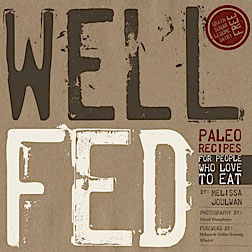

Cool. I store my onions in the fridge and never cry. Then I visit my parents and my mom asks me to chop an onion: “Why am I crying so much? Why is this onion so evil?”
Have you tried out this cream of onion stuff? I did last week but I stuffed up so I need to try again. It was still yummy though.
http://www.chefsteps.com/activities/swap-cream-with-onion-puree-for-better-brighter-flavor
I haven’t tried that onion puree, but what a great idea! I’m definitely putting that on my list of kitchen experiments — thanks for sharing!
Loved reading this and learning! It’s something I use all the time but didn’t really know a lot about. We only ever really see 3 types of onion in the UK a yellow, red and shallot, but I will look out for others!
Oh and Ailsa Craig is beautiful, I live a short drive from being able to view it’s splendour!
I’m so envious! I’ve been a little obsessed with Ailsa Craig since I learned about it.
You forgot to mention that the slow cooker caramelized onions will make your house smell AMAZING. 😀
I love Ailsa Craig onions – this will be my second year growing them. I want to try the cippolinis – carmelizing them whole sounds amazing
Some people are more affected by the sulfides in onions than others. Even after chilling them, my poor mother looks like she just saw Titanic for the first time. A pair of swim goggles or onion goggles work make it so much easier for her.
http://www.amazon.com/RSVP-International-Onion-Goggles-Black/dp/B0014SQU1A
One word of caution: If you put onions in a food processor.. get ready for a sulfur explosion when you open it up! The water of the onion mixes with the sulfides to create the gas that makes you cry.. you’re essentially opening a chemical weapon when you take the lid off of the food processor!
Great info on onions. Another storage rule is to never store onions and potatoes together. Apparently the potatoes won’t keep as well.
Please make this awesome page into a poster for the kitchen!
Thanks for the great idea!